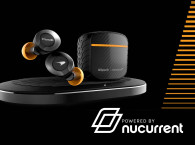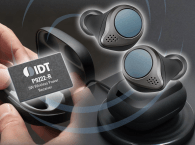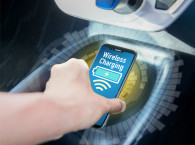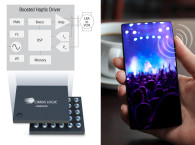
As a market leader in integrated automotive wireless charging solutions, NXP has expanded its offerings to the new 15W wireless power standard, enabling faster charging. The new solution helps carmakers offer a differentiated in-car experience to users by enabling the passenger and driver to simultaneously charge wirelessly through one console. The use of a single MWCT device in the vehicle enables carmakers to benefit from a reduced cost and physical footprint for device charging. Based the Qi wireless charging standard, it supports all Qi-enabled phones, wireless earbuds and more.
As smartphones have become the center of the digital lifestyle and their interoperability with the vehicle in applications such as smart car access with UWB and NFC continue to reinforce this role, consumers need their phones and connected wearables to be charged all the time. When on the go, consumers need to access information, make purchases, maintain contact with friends and family and tap emergency services when required. Wireless charging is an elegant solution that gets rid of bulky chargers and cords and is increasingly in demand.
"Wireless charging enables a cleaner, clutter-free console that provides convenience and simplicity to consumers. Dual charging is the next step," says Denis Cabrol, Sr. Director, NXP. "As the leader in in-vehicle charging, NXP is pleased to make this groundbreaking technology available to carmakers who are at the leading edge of creating experiences for their customers."
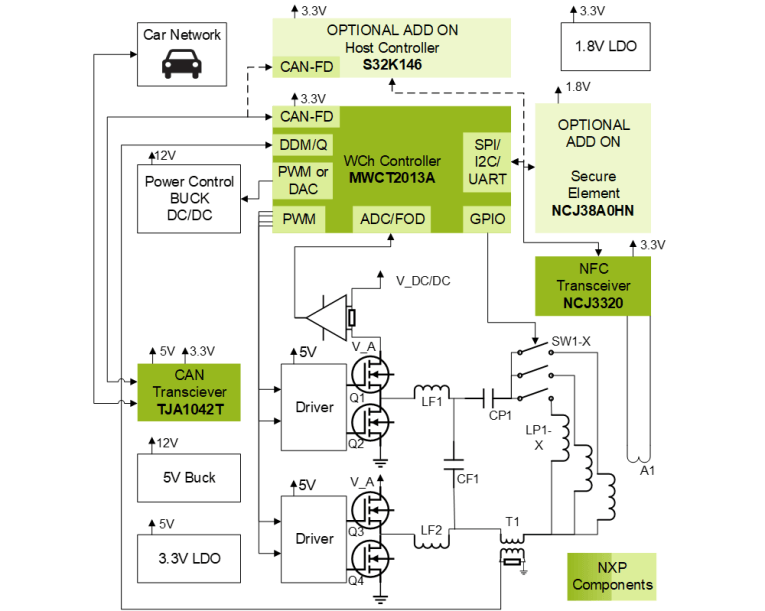
The new MWCT series is enabled by a NXP’s unique hybrid DSC core with dedicated peripherals that allow the two Qi protocols to run in parallel in a single MWCT controller. New patented technologies, such as Clean EMC (CEMC), provide breakthroughs in electromagnetic compatibility performance, which is required for CISPR 25 Class 5 in 15W systems. These innovations allow OEMs to cut the overall system bill of materials.
The NXP MWCT controller family provides automotive manufacturers with a production-ready solution that is easy to implement through readily available software and hardware design files.
www.nxp.com



